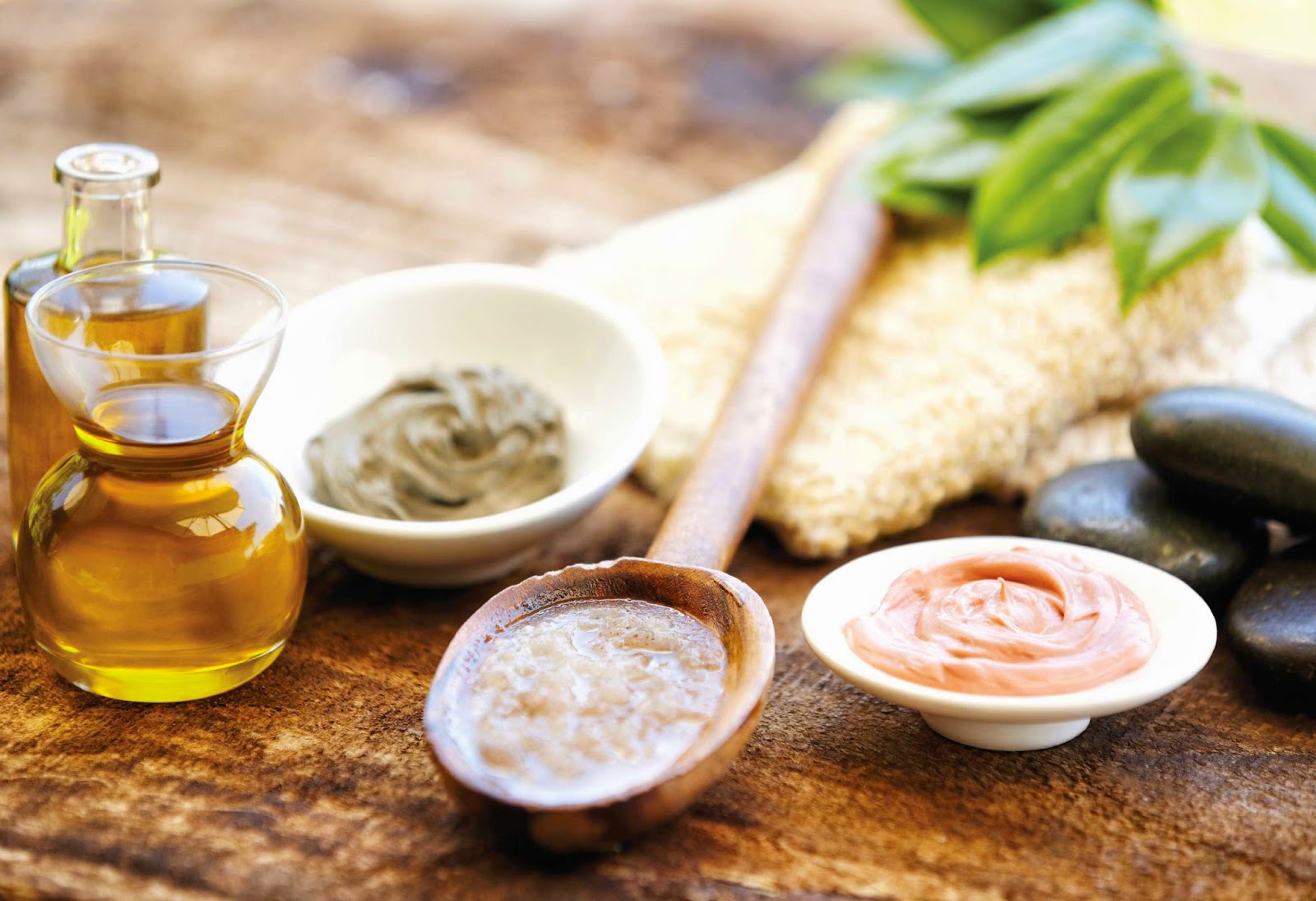Natural Moisturizers for Winter Skin Care
Keep your skin glowing through the dry winter days. Try these natural moisturizers for winter skin care.
Plant-derived oils and naturally sourced fats and ingredients are better for your skin and body than chemical preservatives and stabilizers. Along with the rest of nature, our skin changes as the seasons turn. With winter comes low humidity, which strips skin of its natural moisture, leaving it dry and more susceptible to damage. To protect your skin from the cold, turn to natural moisturizers with healing natural ingredients.
Four Homemade Moisturizers
- Herbal Moisturizing Cream Recipe
- Light Moisturizer Recipe
- Aloe and Calendula Cleansing Cream Recipe
- Creamy Cocoa Butter Lotion for Face and Body
Moisturizing Basics for Winter Skin Care
When choosing a commercial moisturizer, your first consideration should be your skin type. For oily skin, use a light moisturizer; for normal to oily skin, use a moisturizing lotion; and for dry skin, use a moisturizing cream.
Next, analyze a product’s ingredient list: Nearly every moisturizer contains some combination of emollients, humectants, emulsifiers, “active ingredients” and penetration enhancers.
Emollients, such as phospholipids and lecithin, soften, heal and hydrate. Plant oils such as olive, castor, jojoba and coconut make great emollients because they mimic the soothing oils our own skin produces.
Humectants attract moisture to the skin. Look for moisturizers made with glycerin and sorbitol derived from natural sources. (To find out if the ingredients are from natural sources, consult the ingredients list or peruse the company’s website.)
Emulsifiers are used to keep the ingredients in a moisturizer from separating. Lanolin is an excellent natural emulsifier. Similar to the natural oil in human skin, lanolin, commonly called wool fat, is a fatty substance naturally produced in sheepskin. It coats wool, acting as a protective agent against cold and dampness, and is extracted from shorn wool by centrifugal separators. This cream, which can be found at any health-food store, is typically used in moisturizers as a water-absorbing emulsifier.
A product’s “active ingredients” are usually responsible for providing its advertised effects, such as soothing, treating blemishes or preventing signs of aging. For example, zinc oxide is a natural active ingredient that protects against sun damage. Be careful when choosing skin products purported to remove wrinkles, blemishes or dark spots: These often contain harsh chemicals. To find out more about natural active ingredients, see “The Best Active Ingredients in Moisturizers” further in this article.
Penetration enhancers help a product’s active ingredients absorb into the skin. Look for moisturizers with natural penetration enhancers such as essential oils (menthol or chamomile are common), vegetable squalene, linoleic acid and oleic acid rather than synthetic penetration enhancers such as propylene glycol and tetrasodium EDTA.
Avoid poor-quality ingredients such as mineral oils, harsh chemicals, and artificial colors and fragrances. Harsh chemicals such as parabens, formaldehyde and propylene glycol are often used to give moisturizers a longer shelf life and help them absorb into the skin, but they can have side effects ranging from skin irritation to potential reproductive disorders. You can find effective, safe natural moisturizers or make your own simple, inexpensive moisturizer using this Homemade Moisturizer Recipe. For more information on ingredients in personal-care products to avoid and extensive listings of safer options, read Come Clean: Natural Alternatives to Chemical-Laden Personal-Care Products.
5 Moisturizer Ingredients to Avoid
- Formaldehyde: A human carcinogen; watch for ingredients dimethyl-dimethyl (DMDM) hydantoin, imidazolidinyl urea, diazolidinyl urea, sodium hydroxymethylglycinate, and 2-bromo-2-nitropropane-1, 3-diol or bronopol
- Fragrance: Usually contains phthalates, linked to hormone disruption, possible birth defects, infertility and breast cancer
- Parabens: May cause reproductive disorders and has been detected in breast cancer tissue; watch for any ingredient ending in -paraben
- Propylene glycol: May cause hives, allergic reactions and other skin irritation in concentrations as low as 2 percent; synonyms include PPG, 1,2-dihydroxypropane, 2-hydroxypropanol, methylethyl glycol, 1,2-propanediol, and propane-1,2-diol
- Retinyl palmitate and retinol (vitamin A): Rich in antioxidants and anti-aging properties; may also speed up the development of cancerous skin tumors when exposed to the sun; excessive amounts may be toxic to a developing fetus if pregnant women are exposed
The Best Active Ingredients in Moisturizers
- Anti-aging: Boswellia serrata, CoQ10
- Antibacterial and antifungal: Tea tree oil
- Anti-irritants: Comfrey leaf and root, Aloe vera, licorice root, marshmallow root, chamomile, white willow bark, vitamin C
- Soothing: Aloe vera, licorice root, green tea, chamomile extract
- Sun protection: Zinc oxide, titanium dioxide
